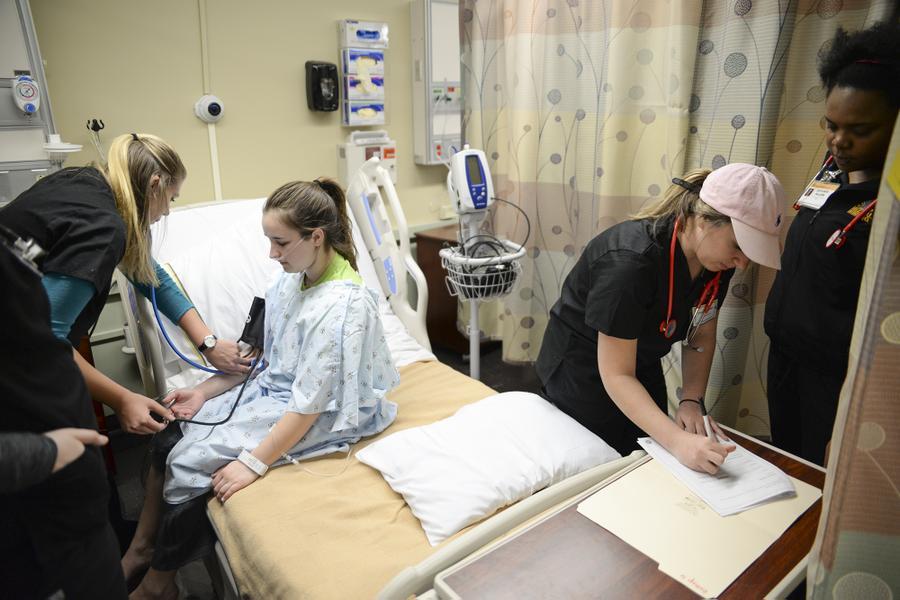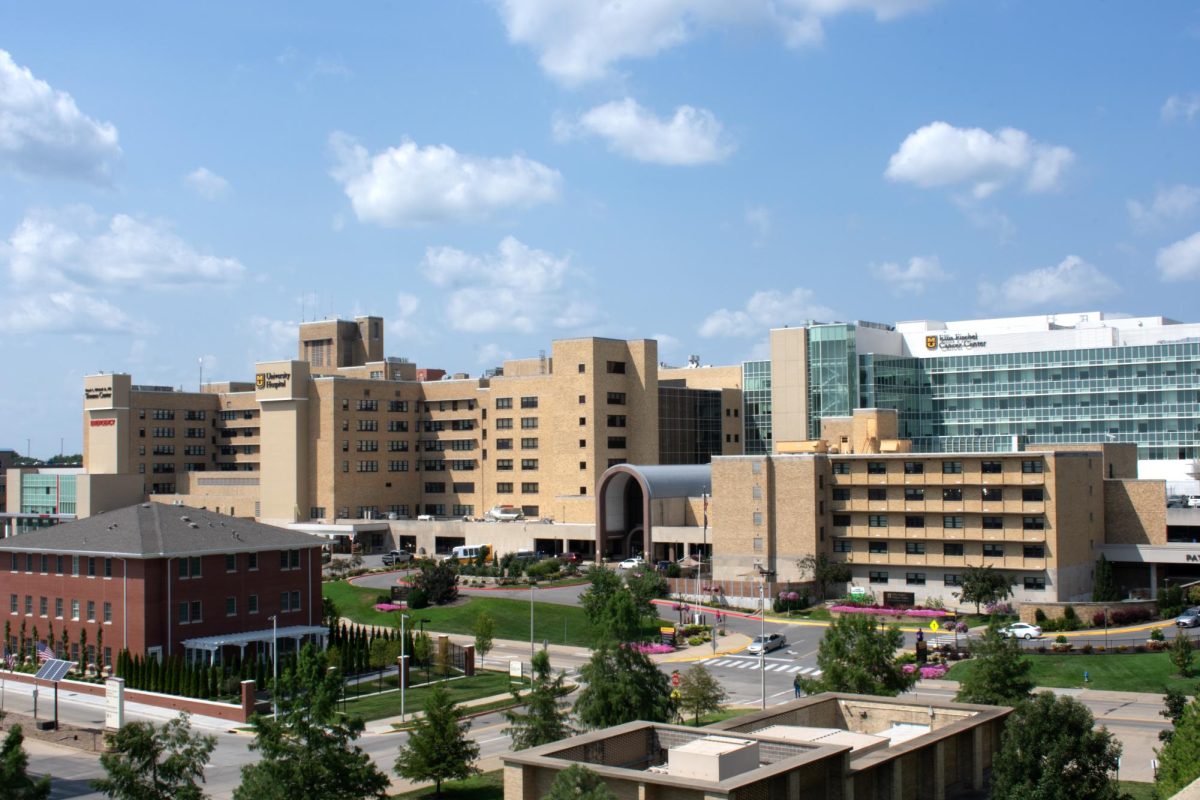As state officials attempt to relieve a significant shortage of nursing professionals in Missouri, nursing educators are asking the state for additional resources to keep up with demand.
Out of 114 Missouri counties, 109 are currently labeled as “health professional shortage areas,” Missouri Nurses Association spokesman Sarah Felts said.
These counties do not have sufficient access to health care providers in their area. The shortage will only get worse with the aging population, said Roxanne McDaniel, associate dean of the Sinclair School of Nursing.
“(The shortage will grow) because of the increase in nurses that will be retiring,” she said. “In Missouri, over a third of the nurses are 55 and older. And we have an aging population, so that makes it more difficult.”
School of Nursing Dean Judith Miller said a major part of the problem is that medical settings like critical care, neonatal, cardiac intensive care and neuro-ICU facilities require a higher patient-to-nurse ratio than other types of care facilities.
States like Missouri have been taking various measures to increase the number of nurses. According to the American Association of Colleges for Nursing, these measures include the [creation of state-backed programs that would connect universities and employers](http://www.aacn.nche.edu/aacn-publications/issue-bulletin/state-legislative).
The UM System Board of Curators recently approved [a supplemental fee increase of $20 per credit hour for the School of Nursing](https://www.themaneater.com/stories/2015/2/5/tuition-fees-increase-system-wide/). Miller said these funds will be used to keep students from having to pay extra lab fees and update the equipment in the school’s simulation center.
“Replacing equipment is an ongoing need, and the machines in the simulation center are used by students to become confident before they go to a clinical setting,” she said. “The simulation center is very important to educating our students, and in order to maintain the facilities … we need to have monies to do so.”
During a Jan. 15 presentation to the board, Miller said [the funds are also necessary in hiring additional faculty that would help balance the school’s student-to-faculty ratio in clinical settings](https://www.themaneater.com/stories/2015/1/15/curators-discuss-supplemental-fee-increases/).
Assistant Teaching Professor Gina Oliver said she believes the state government could also offer a loan forgiveness or grants for universities for additional funding.
“The state government could help universities ease the nursing shortage … for students wishing to enter the profession of nursing or become nursing faculty,” she said. “Students could then be required to work in Missouri as a nurse for a selected number of years or mandate repayments of monies.”
McDaniel said additional government initiatives could help add to the resources that the School of Nursing is currently using to train nursing students.
“It would help if we had more state funding for higher education so that we could have more faculty, have a building that could accommodate all of our students and could admit more students, because we turn away a large number every year,” she said.
According to the Missouri Department of Economic Development, [registered nurses, licensed practical and vocational nurses, and nursing aides are jobs with the highest number of openings for recent graduates](http://www.missourieconomy.org/pdfs/high_growth_healthcare.pdf).
McDaniel said most nursing graduates at MU take jobs in acute care settings, such as intensive care, maternal-child and adult health units. Graduates tend to enter these fields because of their maximum impact on patients and the number of positions available due to the ratio requirements.
“Nursing is a fabulous profession, one that is the ultimate of altruism,” Miller said. “We give ourselves to the comfort, well-being and health of others.”














